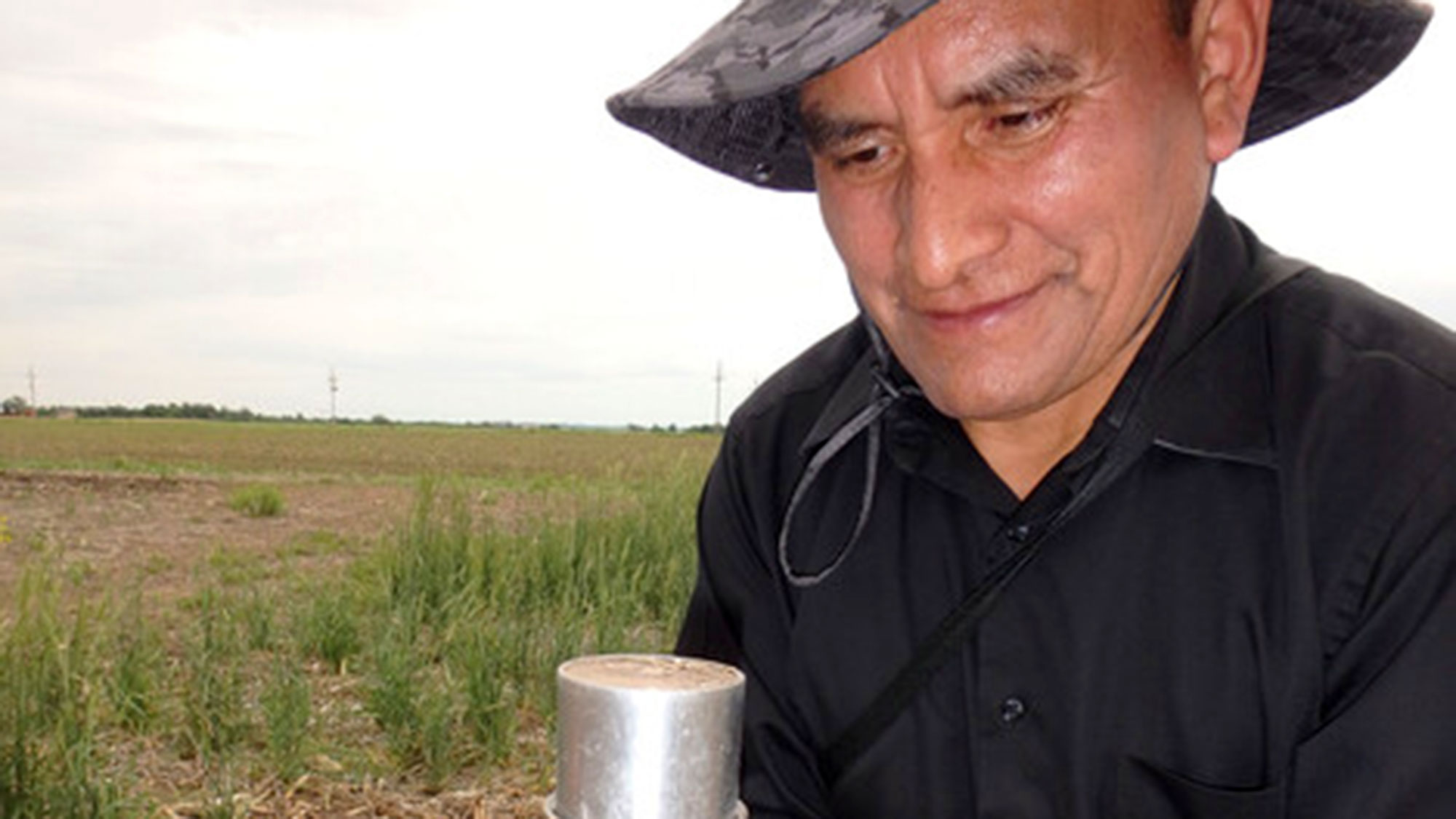
by Kristen Coyne | CSA News
Over the course of his career, soil scientist Humberto Blanco has watched the number of publications on cover crops skyrocket year after year. A professor of soil management and applied soil physics at the University of Nebraska–Lincoln and an SSSA Fellow, Blanco eventually decided to take on the challenge of wrestling much of that information into a book. In Cover Crops and Soil Ecosystem Services (https://bit.ly/cover-crops-ecosystem-services), just published by the Societies, he aims to clarify what scientists know—and don’t know—about those relationships. After reviewing some 500 articles, Blanco found that, in some instances, the science conflicts with common assumptions about cover crops. He also unearthed some intriguing nuggets about a practice that is not as recent as you might think.
This interview has been edited for length and clarity.
CSA News: You traveled back thousands of years when researching the history of cover crops for your new book. What surprised you most?
Blanco: Cover crops have been used for millennia. Indeed, cover crops were used by many, including Native Americans and George Washington. They probably did not call them “cover crops,” but they grew these plants between harvest and planting of the main crops. The practice of cover crops is not really new. Now, cover crops are a reemerging practice because of their many potential benefits.
CSA News: During most of the last 100 years, few scientific papers on cover crops were published. But around 1980, that number began to soar, and that trend continues.
Blanco: There’s been an exponential increase in publications on cover crops, and it’s very exciting. This book synthesizes such publications regarding the services that soils provide—what we call soil ecosystem services: carbon sequestration, weed management, soil health, water quality, and things like that. I organized the book in a way that answers the question, “Can cover crops improve the services that soils provide, and what are those services?”
Read the full story at https://acsess.onlinelibrary.wiley.com/doi/10.1002/csan.21072.
Cover Crops and Soil Ecosystem Services is available for purchase at https://bit.ly/cover-crops-ecosystemservices.
More details at: https://go.unl.edu/pxu5